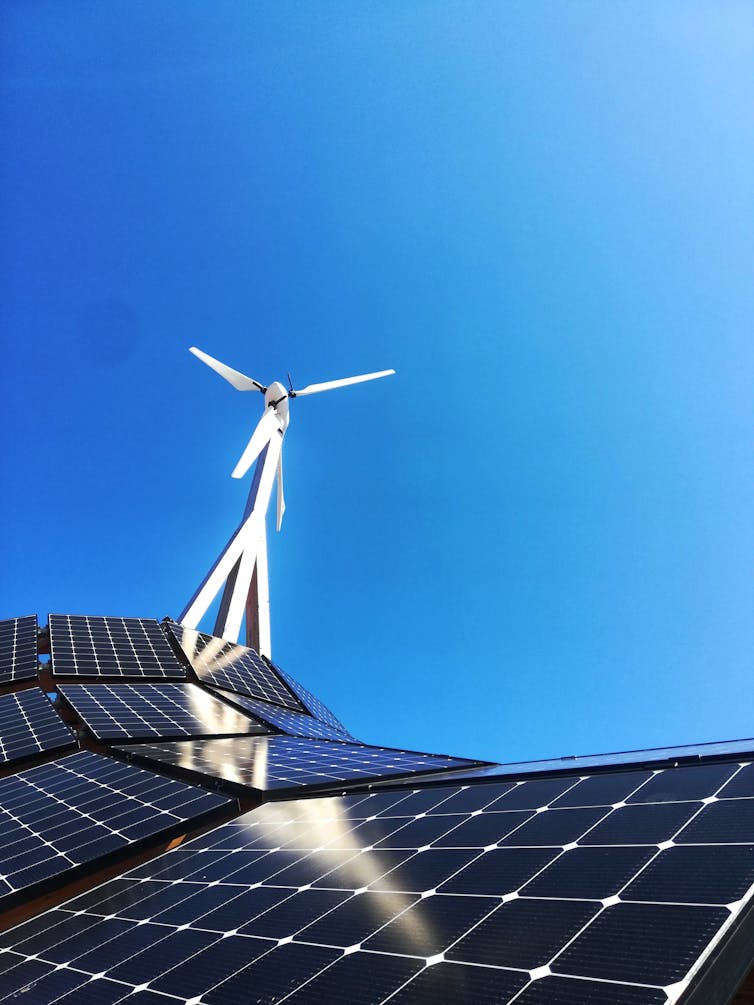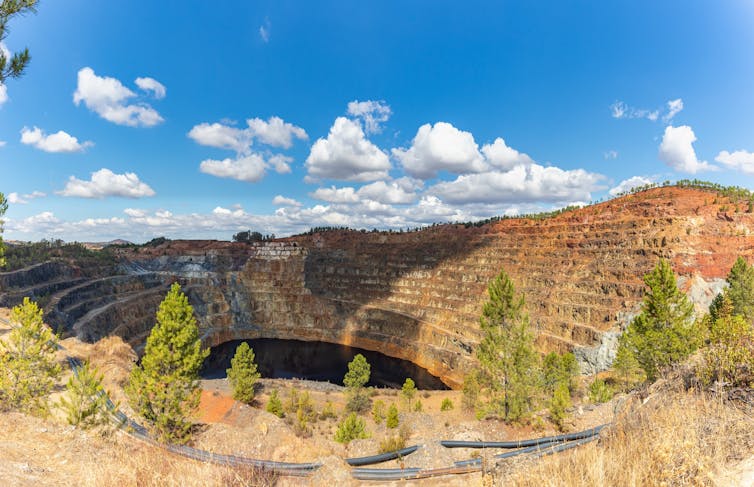Not a week goes by that the press, whether national or international, does not report on the risk of shortages of strategic metals, useful in the energy transition. Last month, a report on the growing need for rare earths by 2050 was widely reported.
Indeed, rare earths are used in all new technologies. However, the general public does not always know where they come from or what the environmental impact of their production is.
What are rare earths?
Rare earths have exceptional magnetic, electronic, optical and catalytic properties, which are particularly useful for technologies that accompany the energy transition.
Today, their consumption is mainly supported by the permanent magnet sector, which is partly composed of rare earths (in particular neodymium and praseodymium, and to a lesser extent dysprosium and terbium for high-performance applications).
These magnets are used in a wide range of sectors: they enable miniaturization (electronics, robotics) and lighter equipment (off-shore wind turbine generators, electric vehicle motors, etc.).

Wind turbines and photovoltaic panels are big consumers of rare earths. Nazrin Babashova/Unsplash, CC BY
This demand is growing by 10% per year. In 2021, global production is thus estimated at 280,000 tons of rare earths.
According to estimates, China would participate in 60% of this production (source: USGS), but is not very concerned about the pollution caused by their exploitation.
Acid mine drainage, a potential environmental disaster
China exploits clay deposits in the south of the country. Rare earths are mainly mined using a technique called "heap leaching".
Unfortunately, this technology produces a lot of pollution, due to acid mine drainage.
This spontaneous phenomenon is generated by the oxidation of sulfides (e.g. pyrite) contained in the rocks or tailings. Indeed, during mining works (excavations and pumping), the chemical equilibrium of these outcrops and deep deposits is disturbed by an oxidation in contact with the atmosphere.
The products resulting from this acid mine drainage can then migrate into the underground environments, leading to severe rare earth contamination of soils, waters and crops.
This is compounded by health concerns, including contamination of surface and groundwater with metals (such as rare earths), exposure to high concentrations of sulfur dioxide, particulate matter, etc.
Increased concentrations of rare earths in the environment near mining operations have raised concerns around the world, for example in China, Vietnam, Australia, India and Spain.

The Rio Tinto copper mine in Spain was closed in 2001.
Jordi Vich Navarro/Unsplash
To limit environmental impacts resulting from acid mine drainage, passive natural mitigation technologies such as microbial activity (e.g. nitrification/denitrification), or active technologies (such as coagulation/flocculation) could be used.
However, both of these major types of technologies have drawbacks, such as problems of bio-clogging and scaling resulting from mineral precipitation for the former, and expensive and time-consuming treatments for the latter.
Our recent work in southern China around a mine in Jiangxi province has shown that this acid mine drainage could be taken into account in a drainage water treatment process by simple pH neutralization (separation of several kilograms of rare earths per day). This simple treatment allows the production of rare earths while reducing the pollution generated... but is not economically profitable.
Rare earths, a strategic resource
The production and exploitation of rare earths (from mining to permanent magnets) is a major competitive advantage for China, which underlines the important vulnerability of supply for European industry.
In order to mitigate this industrial imbalance, the European Union is encouraging Member States to develop and diversify their supply sources, whether primary (mining) or secondary (reuse, recycling and waste reduction).
However, the European Union (and more broadly many countries) is constrained by environmental legislation that imposes numerous developments, as in France with the management of acid mine drainage.
As long as these pollution risks are not taken into account on a global scale, industries will continue to produce elsewhere (such as in China), where environmental constraints are less strict.
Olivier Pourret, Lecturer and researcher in geochemistry and responsible for scientific integrity and open science, UniLaSalle
This article is republished from The Conversation under a Creative Commons license. Read the original article.






